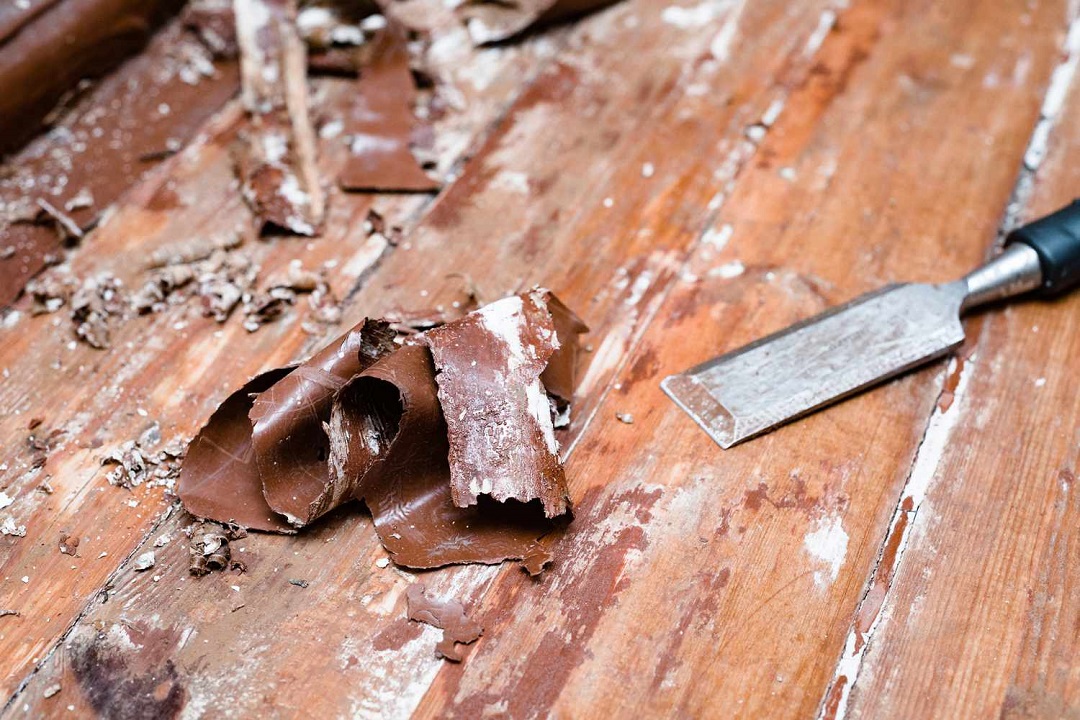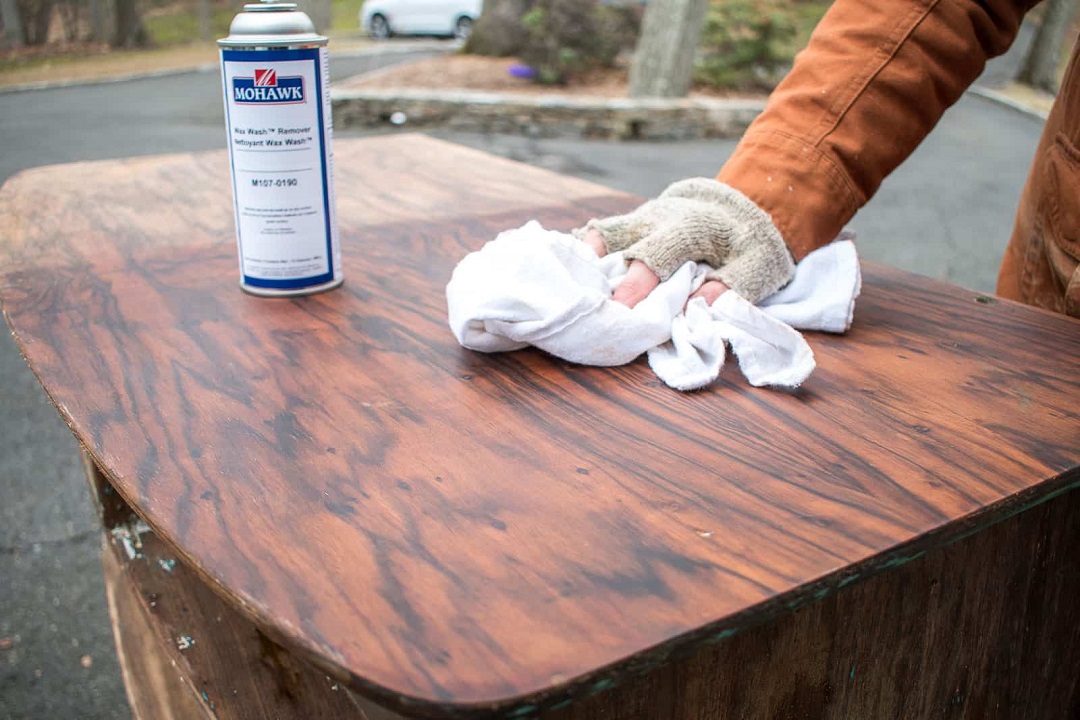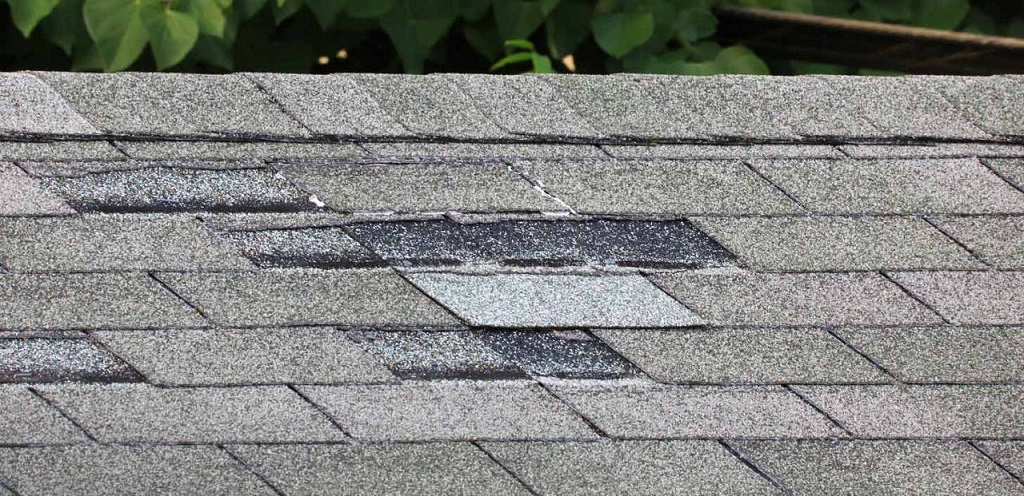Removing paint from wood can be a daunting task, especially if the paint has been there for a while or if it’s stubbornly adhered to the surface. Whether you’re dealing with accidental drips or old layers of paint, there are several methods you can try to effectively remove paint from wood surfaces. Let’s explore some of the most common and effective techniques for removing paint from wood.
Method 1: Sanding
Step 1: Gather Your Supplies
To begin, gather the necessary supplies, including sandpaper (medium to coarse grit), a sanding block or electric sander, safety goggles, and a dust mask.
Step 2: Sand the Surface
Using the sandpaper or electric sander, gently sand the painted wood surface in the direction of the wood grain. Start with medium grit sandpaper and gradually move to a finer grit as needed until the paint is completely removed.
Step 3: Clean the Surface
Once the paint has been sanded away, use a damp cloth to wipe down the wood surface and remove any dust or debris. Allow the wood to dry completely before applying any finish or paint.
Method 2: Heat Gun
Step 1: Prep the Area
Before using a heat gun, ensure proper ventilation in the area and protect surrounding surfaces with a drop cloth or newspaper to catch any paint chips or debris.
Step 2: Apply Heat
Hold the heat gun a few inches away from the painted wood surface and apply heat evenly to the paint. As the paint softens and bubbles, use a paint scraper or putty knife to gently scrape away the loosened paint.
Step 3: Clean and Sand
Once the paint has been removed, clean the wood surface with a damp cloth to remove any residue. If necessary, lightly sand the wood to smooth out any rough areas.
Method 3: Chemical Paint Strippers
Step 1: Choose a Paint Stripper
Select a chemical paint stripper suitable for use on wood surfaces. Follow the manufacturer’s instructions carefully, and wear protective gloves and eyewear when working with chemical strippers.
Step 2: Apply the Stripper
Using a brush or roller, apply the paint stripper evenly to the painted wood surface. Allow the stripper to sit according to the manufacturer’s instructions, typically 15-30 minutes.
Step 3: Remove the Paint
Once the paint has softened, use a paint scraper or putty knife to gently scrape away the loosened paint. Repeat the stripping process if necessary until all the paint has been removed.
FAQs (Frequently Asked Questions)
Is sanding the only way to remove paint from wood?
No, there are several methods for removing paint from wood, including sanding, using a heat gun, and applying chemical paint strippers. The best method depends on the type of paint and the condition of the wood surface.
Will sanding damage the wood?
Sanding can remove a thin layer of wood along with the paint, so it’s essential to use the appropriate grit sandpaper and sand lightly to avoid damaging the wood surface.
Are chemical paint strippers safe to use?
Chemical paint strippers can be effective but should be used with caution. Always follow the manufacturer’s instructions, wear protective gear, and work in a well-ventilated area.
Can I use a hairdryer instead of a heat gun?
A hairdryer can generate heat, but it may not be as effective as a heat gun for removing paint from wood. Heat guns are specifically designed for this purpose and can reach higher temperatures.
How do I choose the right paint stripper for my project?
When choosing a paint stripper, consider factors such as the type of paint, the condition of the wood, and any safety concerns. Read product labels carefully and choose a stripper that is suitable for use on wood surfaces.
In summary, removing paint from wood requires patience and the right tools and techniques. Whether you opt for sanding, using a heat gun, or applying chemical paint strippers, following proper safety precautions and techniques can help you achieve successful results without damaging the wood surface.





